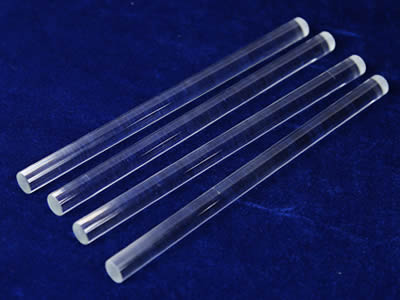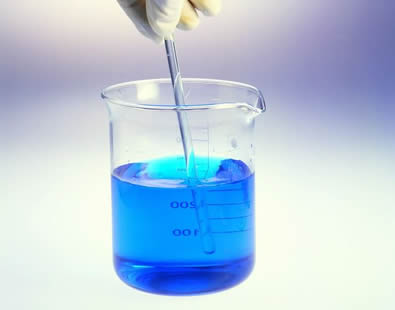
GR-01: Straight thin stirring rod are commonly used in laboratory.
Glass rod, also called stirring rod, stir rod or solid glass rod, commonly uses borosilicate glass and quartz as material. Its diameter and length can be customized according to your requirements. According to different diameter, the glass rod can be divided into laboratory used stirring rod and sight glass used rod. Glass rod are corrosion resistant. It can resist most acid and alkali. It has strong hardness and can work in 1200 °C high temperature for long time. Thanks to these features, stirring rod is widely used in laboratory and industry. In laboratory, stirring glass can be used to speed up the mix of chemical and liquid. It can also be used to do some experiments. In industry, glass rod are used to produce gauge glass.

GR-01: Straight thin stirring rod are commonly used in laboratory.

GR-02: Glass rod with well polishing surface and edge.

GR-03: All the glass rods are produced in strict quality control system.

GR-04: All the glass rod are produced according to the International Standard and industrial standard.
| Material | Soda-lime | Borosilicate | Quartz |
|---|---|---|---|
| SIO2 content | 60% - 75% | > 81% | > 90% |
| Coefficient of thermal expansion | 8.6 × 10-6 | 3.3 × 10-6 | 5.5 × 10-7 |
| Softening point | 726 °C | 820 °C | 1780 °C |
| Melting point | 780 °C | 1680 °C | 2000 °C |
| Annealing point | 546 °C | 560 °C | 1120 °C |
| Working temperature | 400 °C | 500 °C | 1200 °C |

GR-05: Glass rods are used for stirring because of its stable chemical property.

GR-06: Pouring through glass rod can avoid fierce reaction.

GR-07: Our glass rods packed with bubble wrap and then carton and wooden case outside.